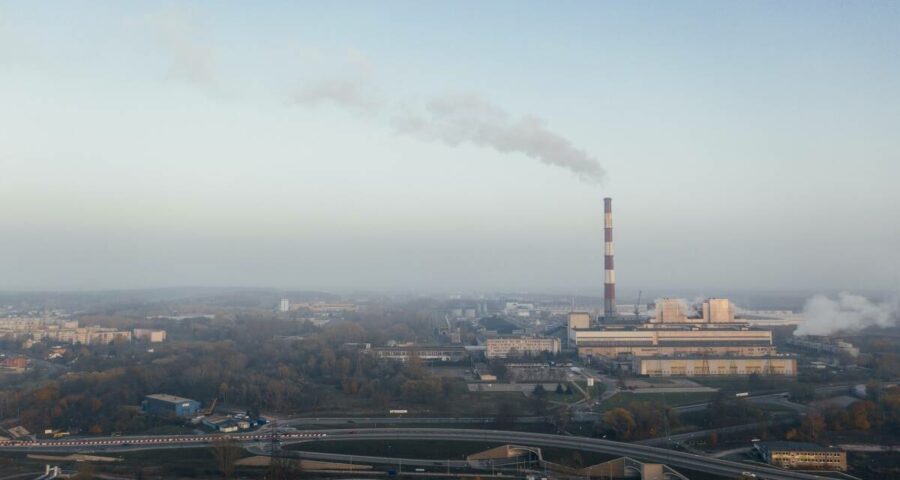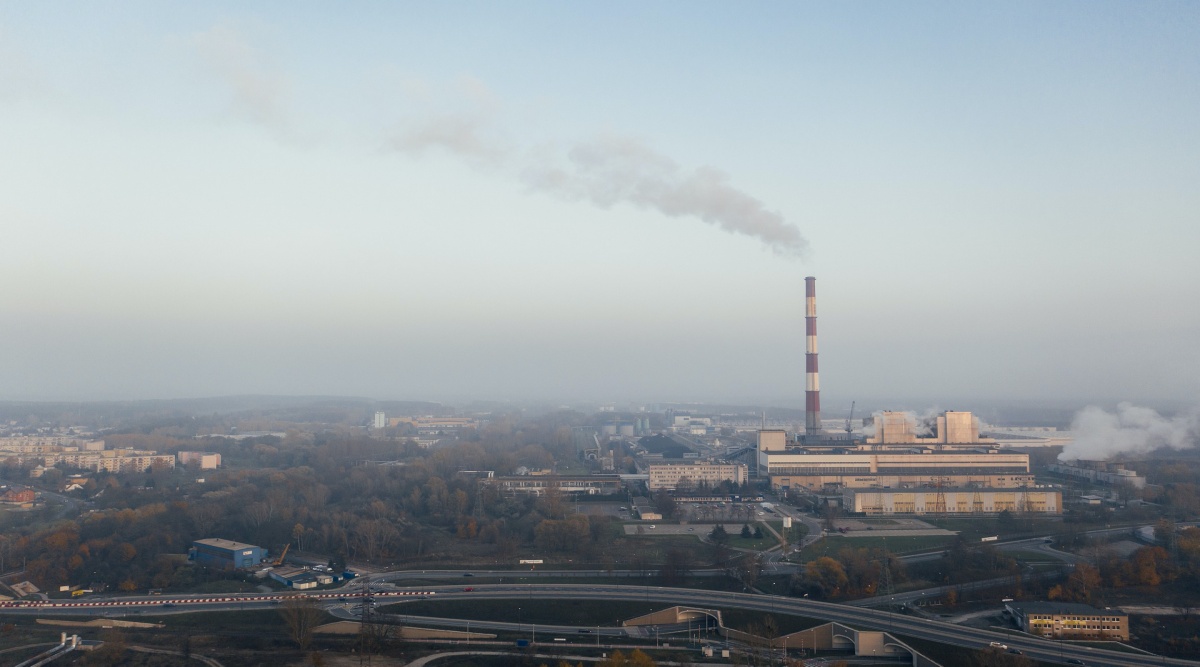The first-of-its-kind report released Tuesday by the Council on Energy, Environment and Water (CEEW) analysed 640 districts in India and found 463 are vulnerable to extreme floods, droughts and cyclones
The states of Assam, Andhra Pradesh, Maharashtra, Karnataka and Bihar are the most vulnerable to extreme climate events such as floods, droughts and cyclones in India, according to a first-of-its-kind Climate Vulnerability Index released on Tuesday by the Council on Energy, Environment and Water (CEEW). Overall, 27 Indian states and Union territories are vulnerable to extreme climate events which often disrupt the local economy and displace weaker communities.
The report ‘Mapping India’s Climate Vulnerability – A District-level Assessment’, which has been supported by the India Climate Collaborative and Edelgive Foundation, has analysed 640 districts in India and found that 463 of these are vulnerable to extreme floods, droughts and cyclones.
Dhemaji and Nagaon in Assam, Khammam in Telangana, Gajapati in Odisha, Vizianagaram in Andhra Pradesh, Sangli in Maharashtra and Chennai in Tamil Nadu are among India’s most climate vulnerable districts, finds the study.
More than 80 per cent of Indians live in districts vulnerable to climate risks, that is, 17 of 20 people in the country are vulnerable to climate risks, out of which every five Indians live in areas that are
extremely vulnerable, finds the report. It further says that more than 45 per cent of these districts have undergone “unsustainable landscape and infrastructure changes”.
Further, 183 hotspot districts are highly vulnerable to more than one extreme climate event. The CEEW study also found that more than 60 per cent of Indian districts have medium to low adaptive capacity in handling extreme weather events.
Echoing the findings of the latest IPCC Physical Science report, the CEEW report points out that most districts in India have been made particularly vulnerable due to “landscape disruptions” such as the
disappearance of forest cover, over-construction, degradation of wetlands and other natural ecosystems.
“The anthropogenic activity in changing the land use and therefore degradation of natural eco-systems which means that an already vulnerable district becomes even more vulnerable to impacts of natural disasters. For instance, Puri in Odisha has always been prone to cyclones. But it has over the years experienced 49.78 per cent loss of wetlands and 39 per cent loss in mangroves which would act as a natural barrier, making it more vulnerable,” says CEEW Programme Lead and author of the study, Abinash Mohanty.
The study also highlighted that states in India’s northeast are more vulnerable to floods, while the ones in the south and central are most vulnerable to extreme droughts. Further, 59 and 41 per cent of the total districts in the eastern and western states, respectively, are highly vulnerable to extreme cyclones.
The CEEW study also indicated that only 63 per cent of Indian districts have a District Disaster Management Plan (DDMP). While these plans need to be updated every year, only 32 per cent of them had updated plans until 2019. Highly vulnerable states like Maharashtra, Tamil Nadu, Odisha, Karnataka and Gujarat have improved their respective DDMPs and climate-proofed critical infrastructures in recent years.
Creating the infrastructure to combat extreme weather events is what has put the states of West Bengal and Kerala at the bottom of the vulnerability pile among the surveyed states. Along with Tripura, West Bengal is the third least vulnerable and Kerala the least vulnerable, despite being coastal states and prone to annual cyclones and flooding. “The difference in ranking between the states is really marginal – as they are all vulnerable. But these states have fared better because they have really stepped up their climate action plans. Kerala, for instance, dealt with the 2018 floods remarkably well,” says Mohanty.
He adds, however, that since most districts in India are highly vulnerable to extreme weather events, a district-wise climate action plan is required. And for India to be able to implement this, climate finance becomes critical. With the approach of the COP26 summit, the Indian government’s stand has consistently been that developed countries – that are largely responsible for the 1.2 degree rise in temperature from pre-industrial levels due to the emissions they have caused – should bear the cost of disaster mitigation and compensation in climate vulnerable countries like India.
“Combating the rising frequency and scale of extreme climate events is fiscally draining for developing countries such as India. At COP-26, developed countries must regain trust by delivering the USD 100 billion promised since 2009 and commit to stepping up climate finance over the coming decade. Further, India must collaborate with other countries to create a Global Resilience Reserve Fund, which could act as insurance against climate shocks. This would ease the fiscal pressure on the most climate vulnerable countries, especially from the Global South. Finally, developing a Climate Risk Atlas for India would help policymakers to better identify and assess risks arising from extreme climate events,” says Dr Arunabha Ghosh, CEO, CEEW.
Investments in infrastructure such as housing, transport, and industries will be threatened by these events, especially along the coasts, says the report, adding that mounting weather-related insurance losses could trigger the next financial crisis.
“The frequency and intensity of extreme climate events in India have increased by almost 200 per cent since 2005. Our policymakers, industry leaders and citizens must use the district-level analysis to make effective risk-informed decisions. Climate-proofing of physical and ecosystem infrastructures should also now become a national imperative. India must create a new Climate Risk Commission to coordinate the environmental de-risking mission. Finally, with loss and damage rising exponentially due to the climate crisis, India must demand climate finance for adaptation-based climate actions at COP-26. Enhanced climate finance can also support India-led global agencies like the Coalition for Disaster Resilient Infrastructure (CDRI) to further mainstream climate actions,” adds Mohanty.
Source: Read Full Article


